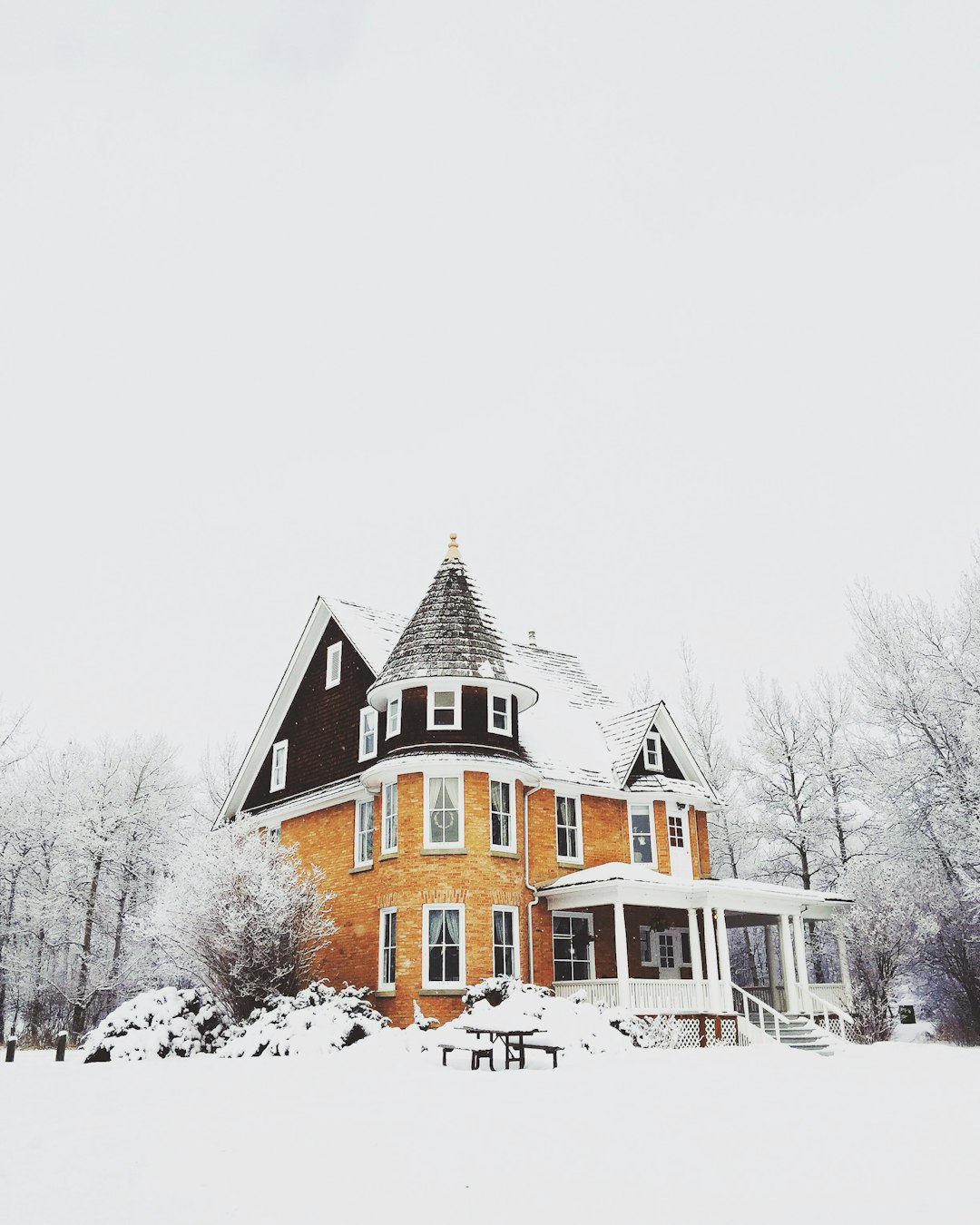Heritage home restoration is a delicate process that honors the historical and architectural significance of these homes, ensuring they maintain their original charm while offering modern comforts. This process involves a careful selection of materials and artisans skilled in traditional building techniques to preserve the authenticity of these structures. Restoration plans are tailored to adhere to both historical integrity and contemporary standards for safety and energy efficiency. Legal compliance is key, with collaboration with historical societies and adherence to local, state, and federal regulations ensuring the preservation of these homes' cultural and historical value. Economic vitality and community identity are also bolstered through these efforts, as heritage homes serve as living testaments to past eras. By blending respect for tradition with the benefits of modern living, these homes continue to narrate our history, fostering a deeper appreciation for our architectural legacy that will endure for future generations.
Heritage homes stand as silent narrators of our collective past, encapsulating architectural styles and historical moments. Restoring these treasures is not merely a process but a commitment to preserving cultural heritage for future generations. This article delves into the intricate art of maintaining the integrity of such residences. From navigating the unique challenges they present to understanding the critical role of authentic craftsmanship and materials, we explore the best practices in heritage home renovations. Additionally, insight into legal frameworks and available grants illuminates the path towards honoring our history while breathing new life into these structures. Join us as we journey through the preservation process of historical homes, ensuring their legacy endures.
- Preserving the Past: A Guide to Restoring Heritage Homes
- Understanding the Unique Challenges of Restoring Historical Homes
- The Role of Craftsmanship and Materials in Authentic Heritage Home Renovations
- Navigating Legal Frameworks and Grants for Preserving Historic Architecture
Preserving the Past: A Guide to Restoring Heritage Homes
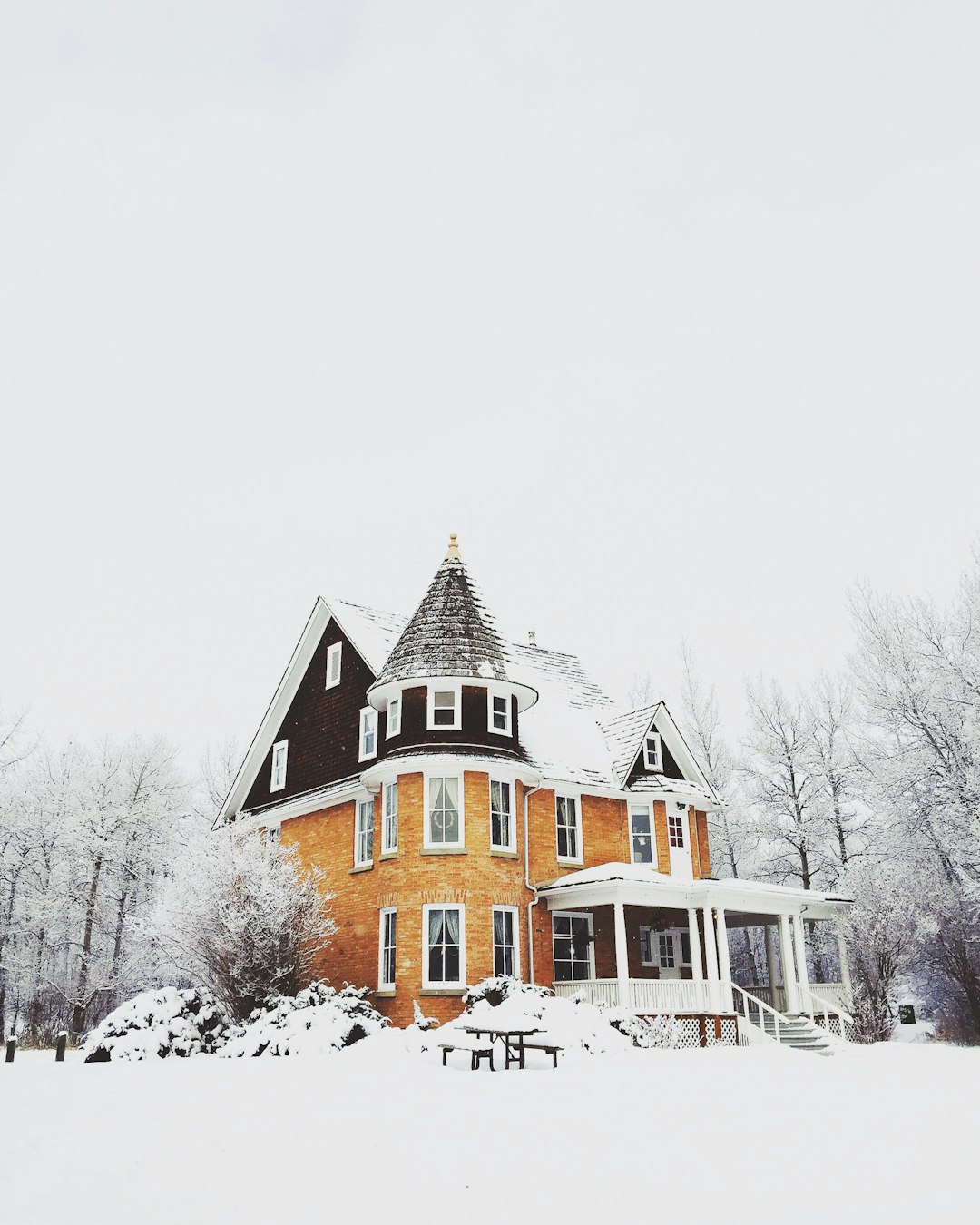
heritage homes serve as tangible reminders of our past, encapsulating the craftsmanship and design aesthetics of bygone eras. Restoring such structures to their former glory is a delicate task that requires a blend of technical skill and historical sensitivity. The process begins with a thorough assessment of the home’s current condition, with an emphasis on identifying original materials and features. This meticulous evaluation allows for the development of a preservation plan tailored to the home’s unique needs. Skilled artisans, often specializing in traditional construction techniques, are then enlisted to undertake repairs and renovations. Their work ensures that the integrity of the historical home is maintained, with any necessary modifications designed to enhance longevity without compromising its authenticity.
Investing in the restoration of historical homes not only preserves valuable cultural heritage but also contributes to the local economy and community identity. It’s a testament to the importance of maintaining our architectural legacy. The chosen restoration methods should align with contemporary best practices for energy efficiency and safety, ensuring that these homes can be comfortably lived in while still honoring their original character. Through careful stewardship, these buildings continue to tell their stories to future generations, offering a window into the past that enriches our collective understanding of history and architecture.
Understanding the Unique Challenges of Restoring Historical Homes
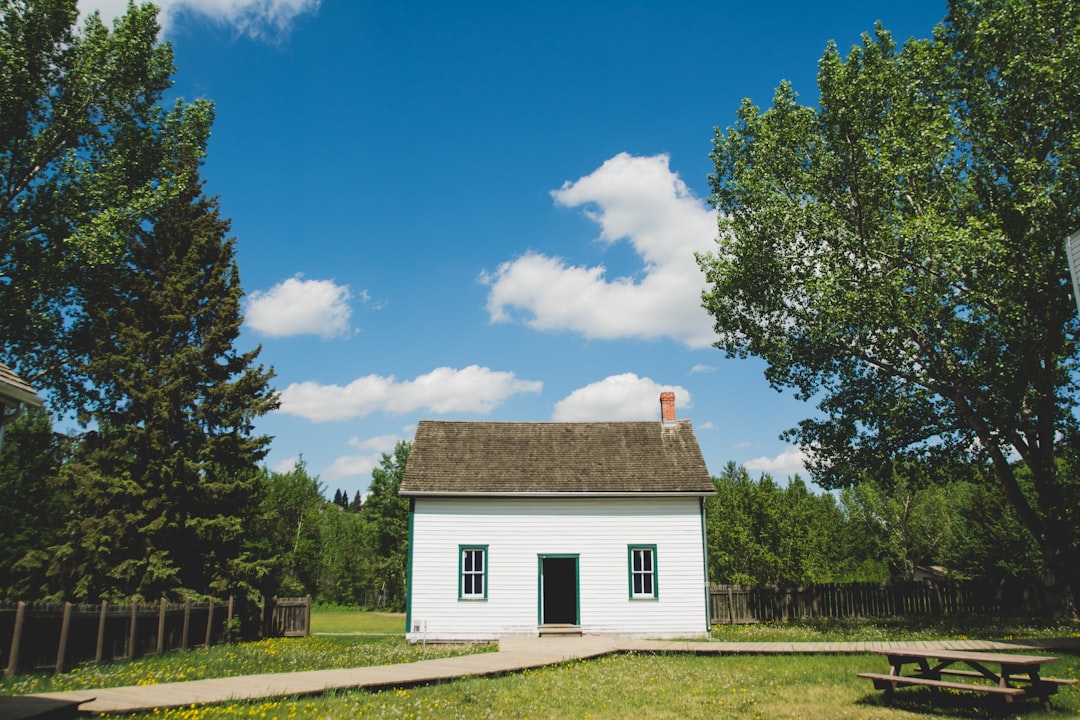
Restoring heritage homes presents a complex array of challenges that differ significantly from contemporary construction or renovation projects. These structures, which are often centuries old, embody the craftsmanship and architectural styles of their respective periods. The materials used in historical homes were not always consistent with modern standards, meaning that finding exact matches for repairs can be a daunting task. Preservationists must source authentic materials to maintain the integrity of the home’s original design and construction techniques. This requires meticulous research into historical records and collaboration with experts in period-specific building practices.
Moreover, the cultural and historical significance of these homes necessitates a delicate approach. It is not merely about physically restoring the property but also understanding its context within the community and society. The aim is to preserve the home’s story while making necessary upgrades for modern living. This balance between preservation and functionality involves a series of decisions that must consider the home’s original purpose, the evolution of its use over time, and the expectations of future generations who will appreciate this piece of history. Understanding these unique challenges is crucial for restorers to ensure that heritage homes continue to stand as testaments to their era, offering both aesthetic value and a tangible connection to our past.
The Role of Craftsmanship and Materials in Authentic Heritage Home Renovations
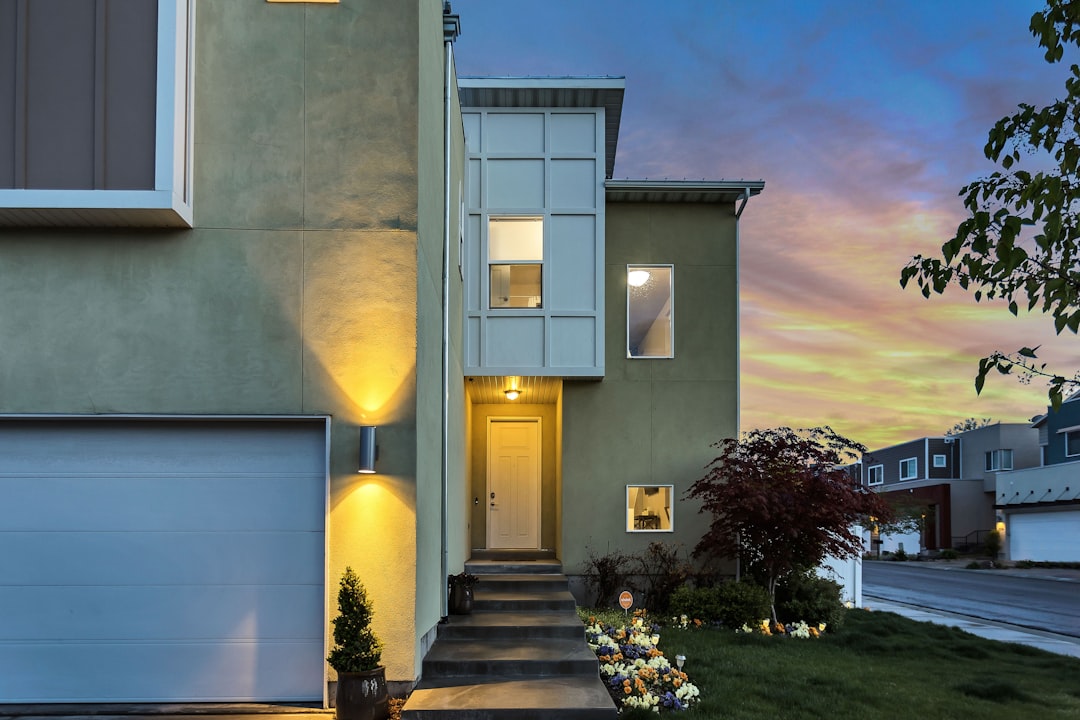
Restoring heritage homes demands a delicate balance between modern functionality and preserving the architectural integrity that defines these historical structures. The role of craftsmanship in such endeavors cannot be overstated; skilled artisans who specialize in period-appropriate techniques are essential for maintaining the authenticity of these buildings. Their expertise ensures that repair work, whether it involves carpentry, masonry, or plasterwork, aligns with the original construction methods used during the home’s era. This commitment to authenticity means that every restoration project is a testament to the craftsmanship of past generations and contributes to the ongoing legacy of these homes.
Moreover, the selection of materials plays a pivotal role in maintaining the historical character of a heritage home. Materials must be carefully chosen to match the originals in both appearance and performance. This includes sourcing lumber that replicates the species and cut used initially or matching the composition of plaster and paint finishes. The goal is to achieve a seamless blend where modern repairs are indistinguishable from the home’s original fabric. Such meticulous attention to detail ensures that these treasured homes retain their historical charm while offering the comfort and safety of contemporary renovations.
Navigating Legal Frameworks and Grants for Preserving Historic Architecture
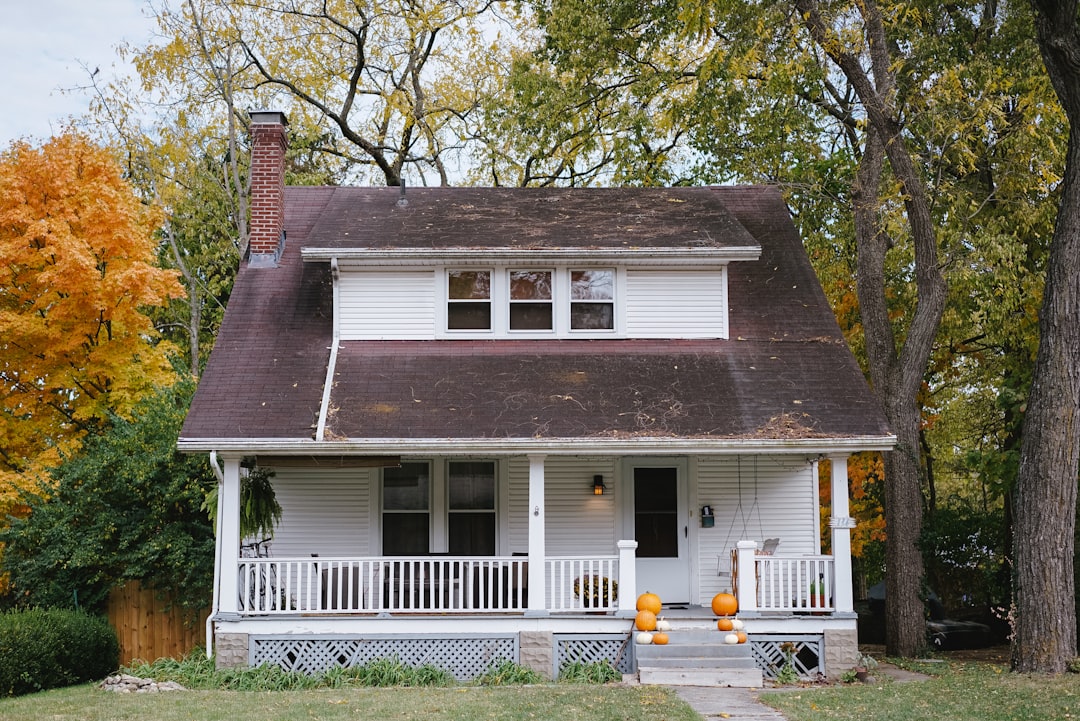
Navigating the legal frameworks for preserving historic architecture is a multifaceted endeavor that requires a comprehensive understanding of local, state, and federal regulations. Owners of heritage homes must engage with historical societies and local government bodies to ascertain the specific guidelines governing restoration work. These regulations are designed to ensure that any modifications or repairs maintain the architectural integrity and historical accuracy of the property. Understanding the nuances of these laws is crucial for compliance and to avoid costly mistakes that could compromise the home’s significance.
Moreover, securing grants and financial incentives is a critical aspect of funding the preservation efforts for heritage homes. Various governmental and non-profit organizations offer grants specifically intended to support the upkeep and restoration of historical homes. These grants often come with guidelines that dictate the types of work eligible for funding, ranging from the stabilization of structurally unsound buildings to the restoration of original features. Prospective grantees must navigate these opportunities carefully, ensuring that their project aligns with the grant’s objectives and requirements. This process not only aids in financial sustainability but also ensures that these historic treasures are preserved for future generations.
In conclusion, the restoration of heritage homes stands as a testament to our collective history and cultural heritage. Each brick and beam tells a story of its time, and it is the duty of stewards to preserve these narratives with care and precision. The journey of restoring such homes is complex, demanding not only adherence to legal frameworks and financial support but also a deep respect for craftsmanship and authenticity in materials. By embracing these challenges, we ensure that future generations can appreciate the architectural significance and historical value of our patrimony. Preserving heritage homes is about more than just maintaining structures; it’s about honoring the past, celebrating our diverse history, and safeguarding a part of humanity’s legacy for years to come.
